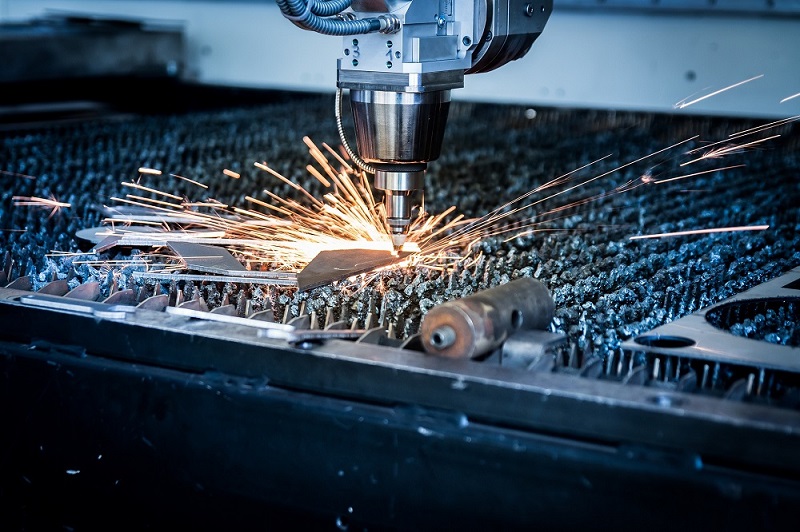It is common to come across terms like laser cutting, laser graving, and laser etching. However, very few are aware of the differences between them. The first ever laser machine was used to drill holes in diamond dies. Later, the new technology was used for aerospace applications.
When one looks into the difference between laser cutters and laser engravers, there is little difference. As most laser machines can engrave and cut, hence, the laser engravers and cutters are the same. The difference is based on what the primary use is. While some lasers are geared more toward laser cutting, others are designed with features that suit laser engraving. Read on to know the difference between laser cutting and laser engraving.
Laser Cutting:
Laser cutting technology is typically used in industrial manufacturing applications. The laser is used to cut materials with the help of a thermal separation process. The laser beam heat is used to cut through the material. The laser traces the design and cuts though based on the EPS, AI or Cdr file. The laser cutting procedure is used for cutting different shapes, signs, letters, and tags. The laser cutting device has features that support a pass-through and larger bed size.

Laser Engraving:
The laser graving process involves creating a design in a horizontal to get the desired shape, graphic or picture. The graphic is provided to the laser beam via a raster file such as a JPG or PNG. The laser etches the design, line by line, point by point and it is very similar to the way a printer works. One can create many designs with the help of the laser graving process like pictures, logos, photos, stamps, lettering and more. The laser engraving features support high-speed processing or smaller bed sizes. Speedy laser machines are used for engraving.
Raster engraving is the standard engraving process and is very similar to the inkjet printing process where the file gets printed line by line. Vector engraving uses a file made of vectors or lines and curves and is imported in a graphics program. The prime difference is the different graphics file types used for laser processing.
Laser machines can perform both lasers cutting and engraving. Today, one will come across a wide range of laser machines that can cut and engrave different materials and services. Their features are geared toward engraving and cutting. The laser cutting machines are primarily designed for larger bed sizes and can work on different materials like wood, acrylics cardboard, and textiles. As they are equipped with higher laser power wattage, they can cut quickly and precisely. Operators who need lasers mostly for engraving often work on smaller work areas and use a high-speed processing such as140 in./sec. Water is commonly used when working with lasers as a coolant and is circulated via a heat transfer system.
Different Types of Lasers
There are three different types of lasers used in laser cutting and engraving. The CO2 laser is perfect for cutting, boring, and engraving while the neodymium (Nd) lasers are used for boring. (Nd: YAG) lasers or neodymium yttrium-aluminium-garnet lasers are used where very high power is required. CO2 lasers primarily find use in the industrial cutting of materials like stainless steel, mild steel, titanium, aluminium, wood, wax, fabrics and more. Common variations of CO 2 lasers include slow axial flow, fast axial flow, transverse flow, and slab. The type of flow of the gas can impact the performance of the lasers. For instance, Slab or diffusion flow lasers require no pressurization while the Transverse flow lasers require a simpler blower and circulate the gas mix at a lower velocity.
The laser cutting professionals always take care to use a protective backing on the material during the process which protects the surface from heat and burns. You can peel this away if you please after the cutting is complete. This is the only similarity between the laser cutting and engraving amid many differences.

